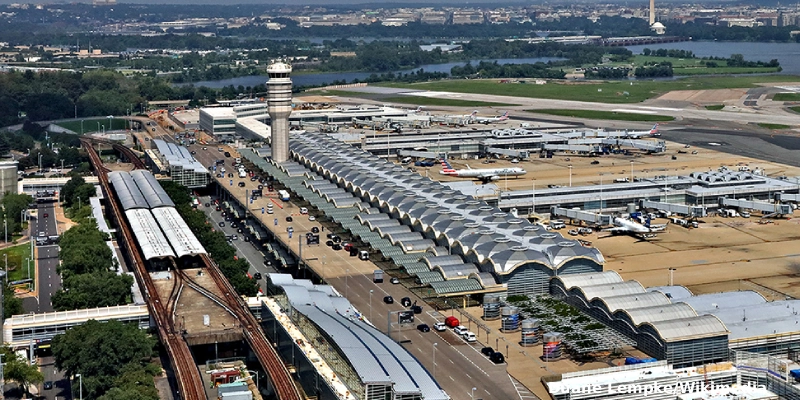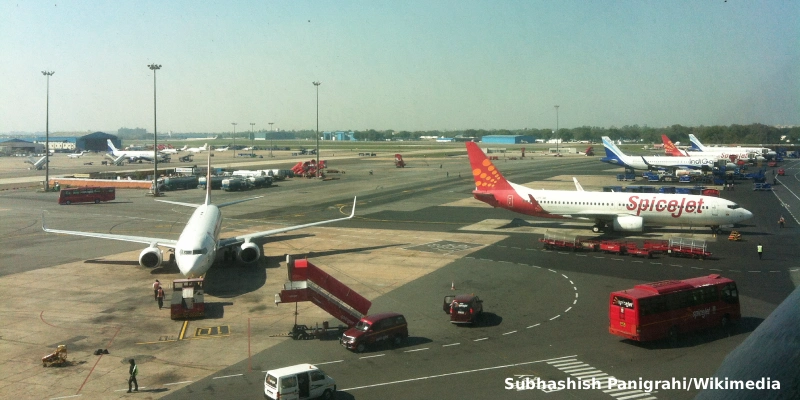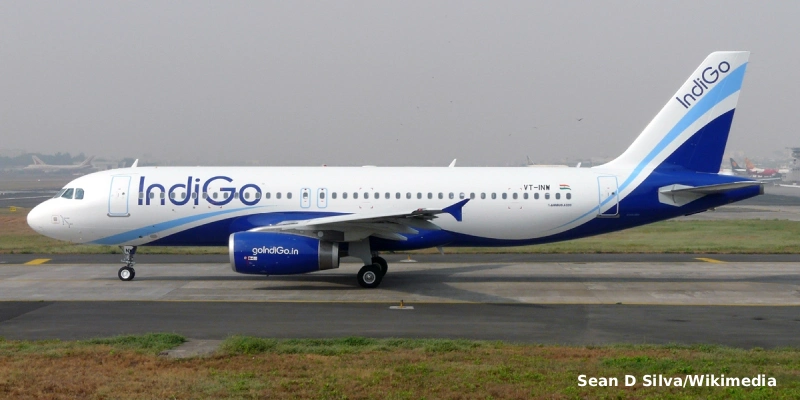Operations at Washington’s Ronald Reagan Washington National Airport were temporarily suspended on Tuesday due to a bomb threat directed at a United Airlines flight. The situation caused a halt that lasted for approximately one hour, significantly affecting air traffic at the terminal.
The FBI responded immediately to the report and, after conducting the corresponding inspections, confirmed that no dangerous items were found on board.
Details of Affected Flight
The threat was related to United Airlines Flight 512, operated by a Boeing 737 MAX 8, which had departed from Houston with 95 people on board, including passengers and crew. The aircraft landed without incident at the U.S. capital’s airport.
Once the passengers disembarked, the plane was moved to an area away from the terminal to facilitate the authorities’ investigation.
→ Star Alliance Lounge at Los Angeles Airport Wins Best in North America for Sixth Consecutive Year
Operational Impact and Recent Context
According to data from the specialized site FlightAware, over 300 flights—equivalent to 37% of the day’s traffic—experienced delays at Reagan National Airport as a result of the incident. This disruption adds to a series of significant delays that have affected U.S. aviation in the last month, attributed in part to the government shutdown and staffing shortages in air traffic control.
Enhanced Security at a Strategic Airport
Located just five miles from the White House and the U.S. Capitol, Ronald Reagan Washington National Airport operates under strict air security restrictions imposed by the Federal Aviation Administration (FAA). These measures aim to ensure the protection of the airspace in one of the country’s most sensitive areas.
This incident highlights the importance of security protocols and the capacity for a coordinated response between airlines, airport authorities, and federal agencies in the face of potential threats that could compromise passenger safety and air operations.
Related Topics
Singapore Will Apply World’s First Green Fuel Tax on Airline Tickets to Promote its Use
Hundreds of Flights Delayed at Delhi Airport Due to Air Traffic System Failure
IndiGo Reports Larger-Than-Expected Losses in Last Quarter
Virgin Atlantic to Launch London to Seoul Flights from March 2026

Plataforma Informativa de Aviación Comercial con 13 años de trayectoria.




